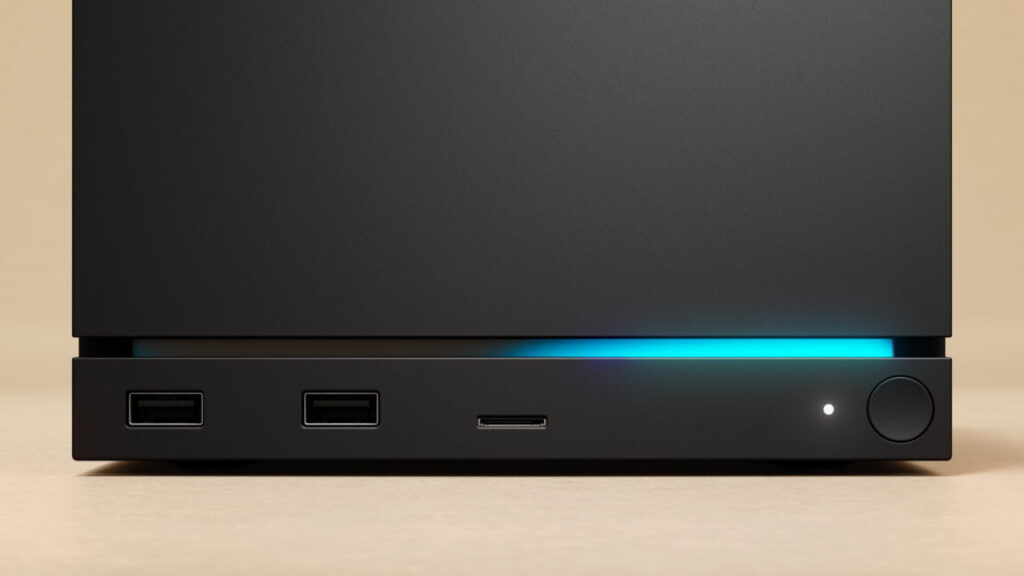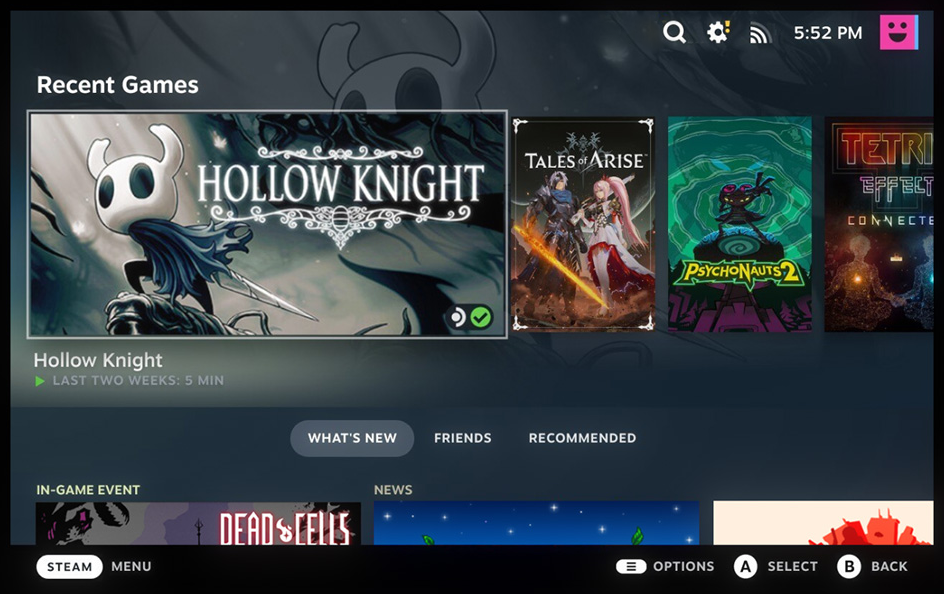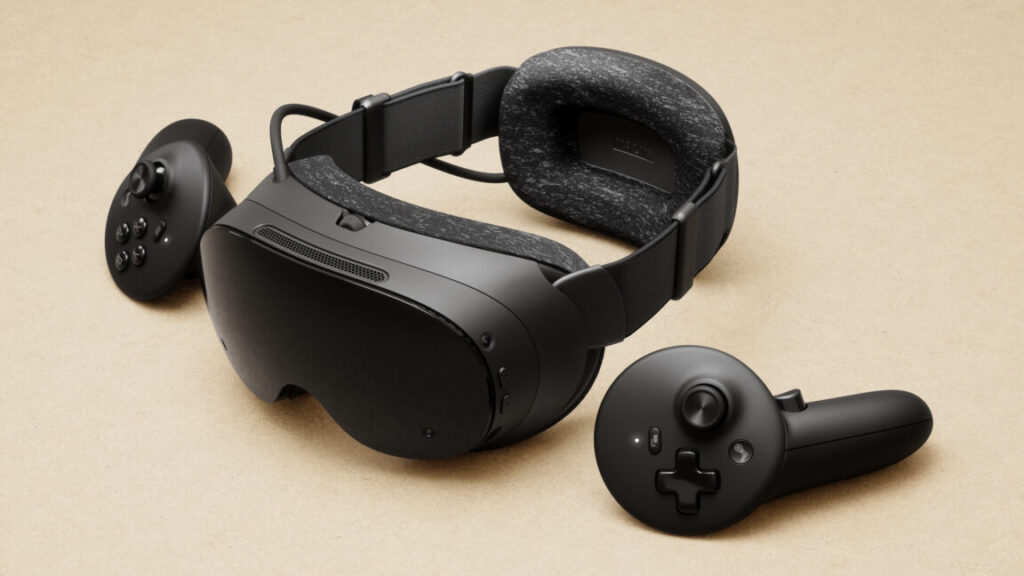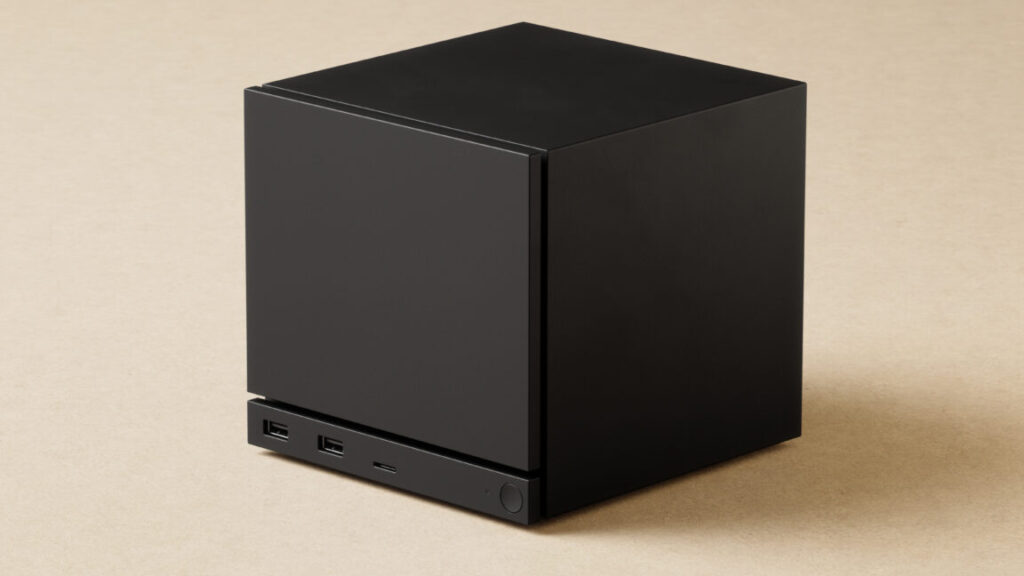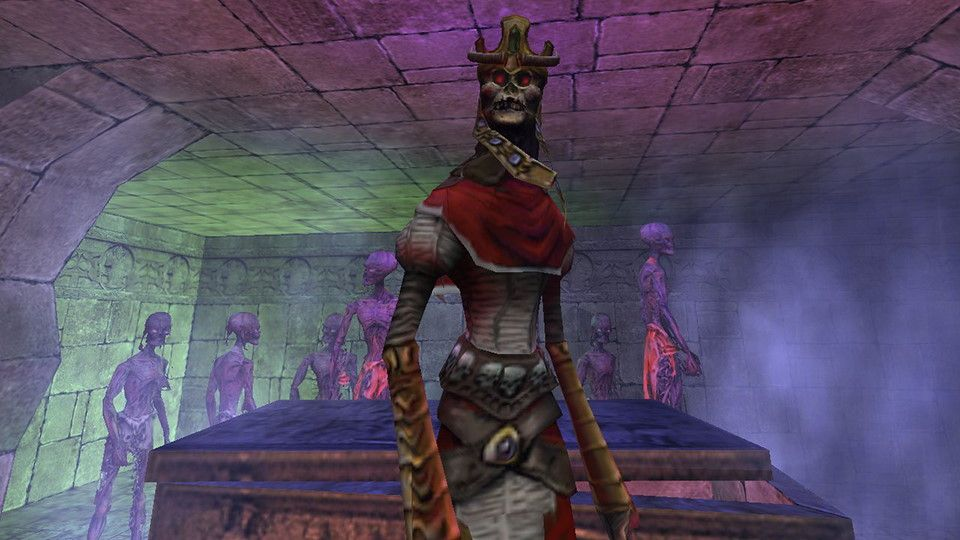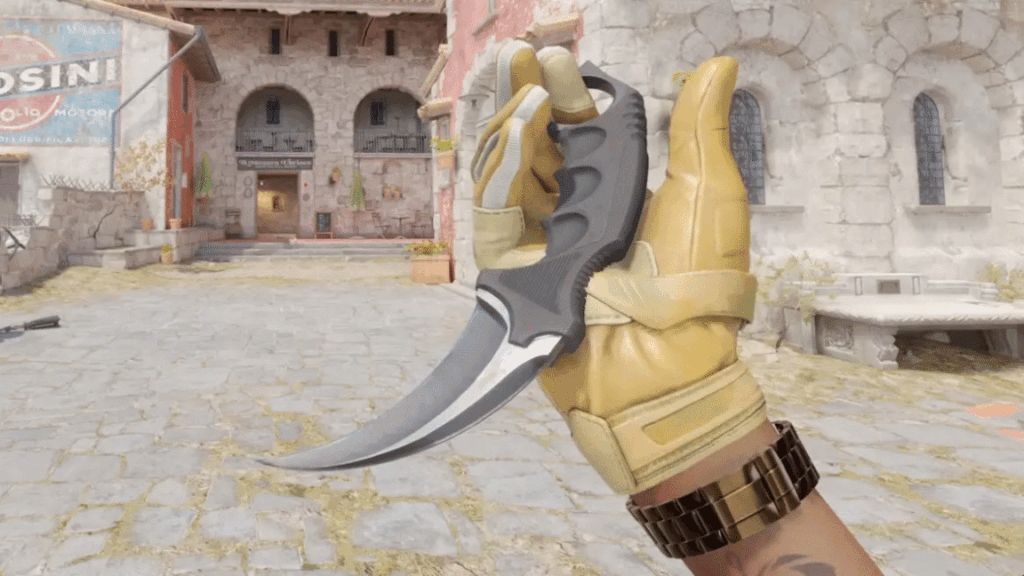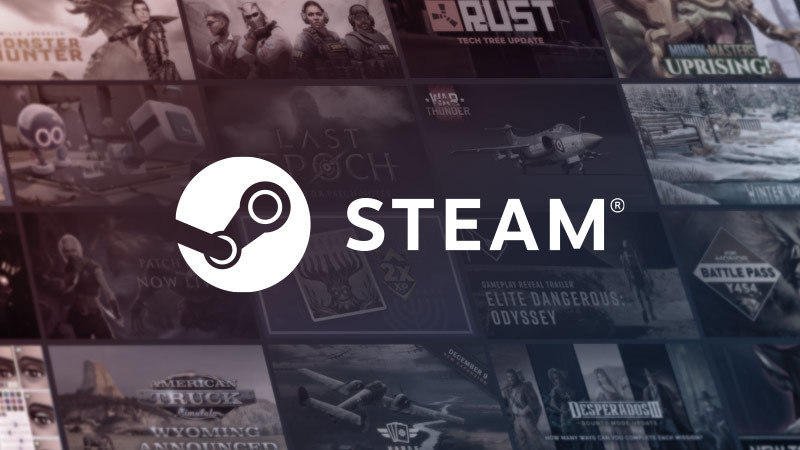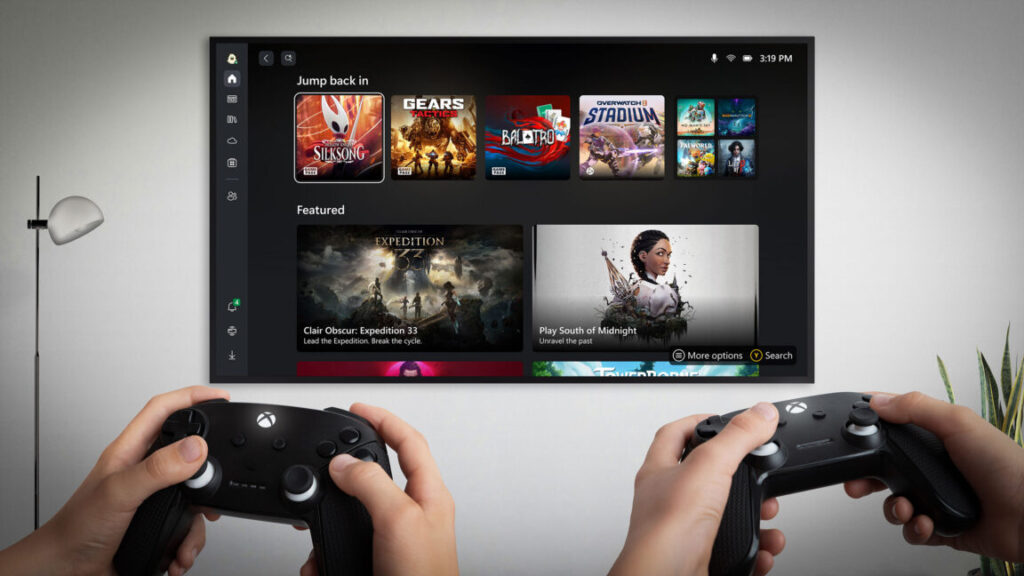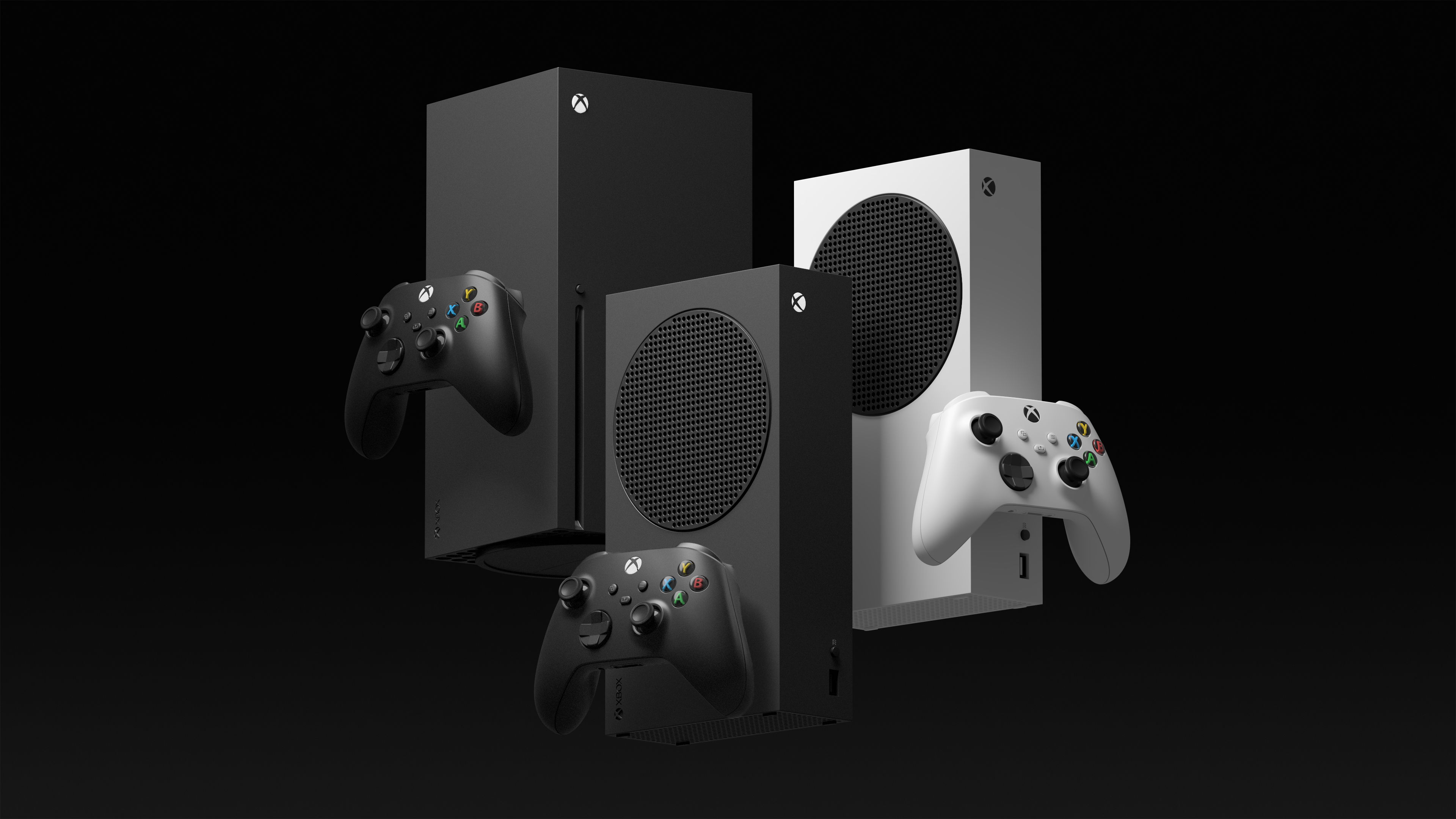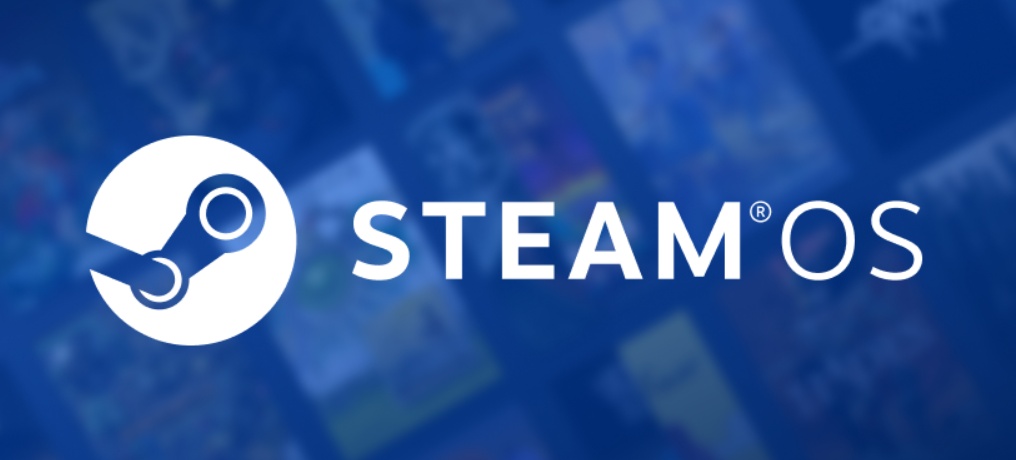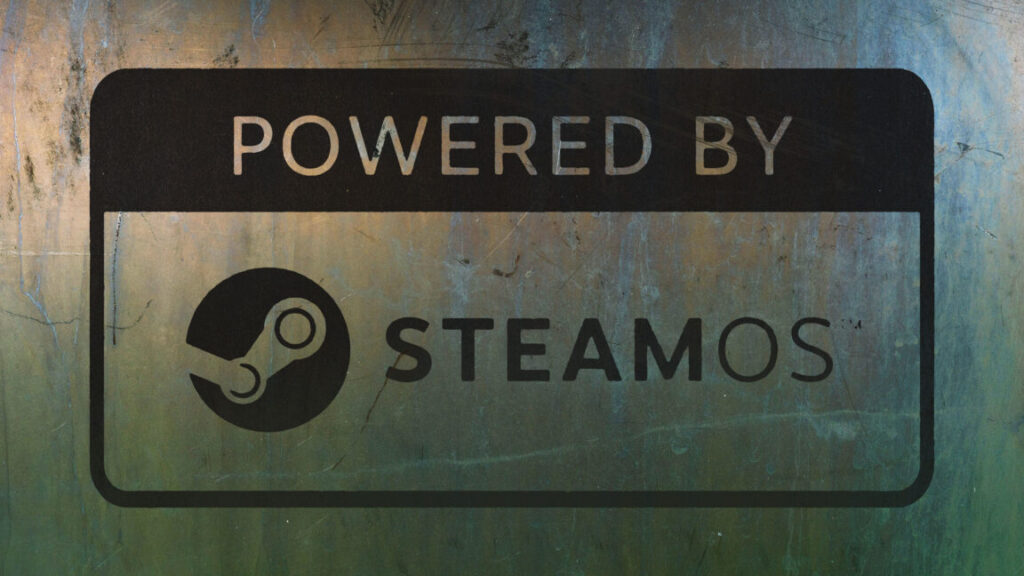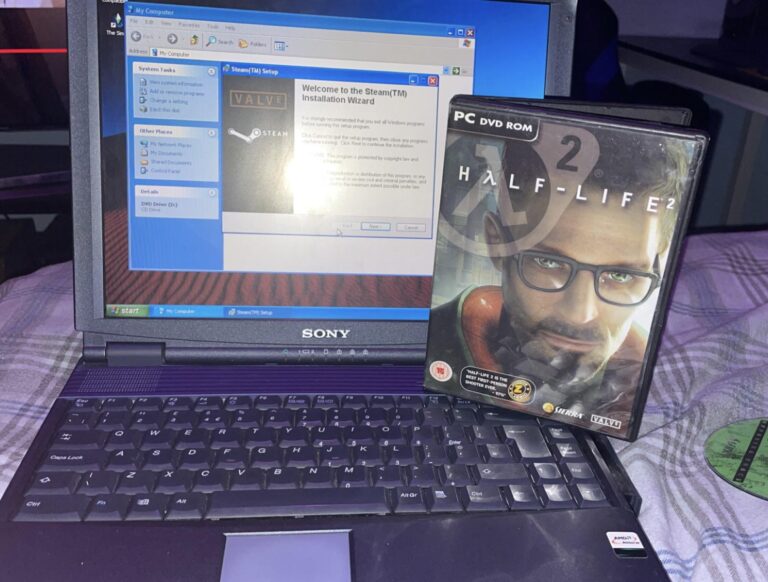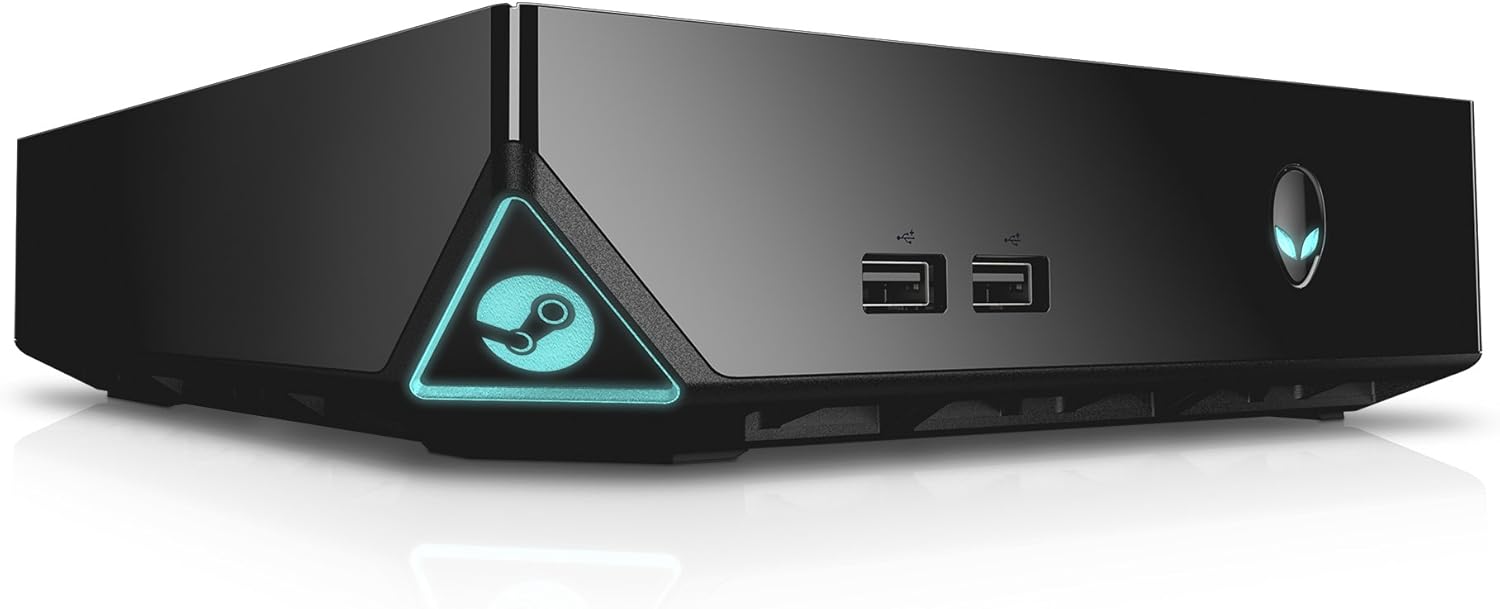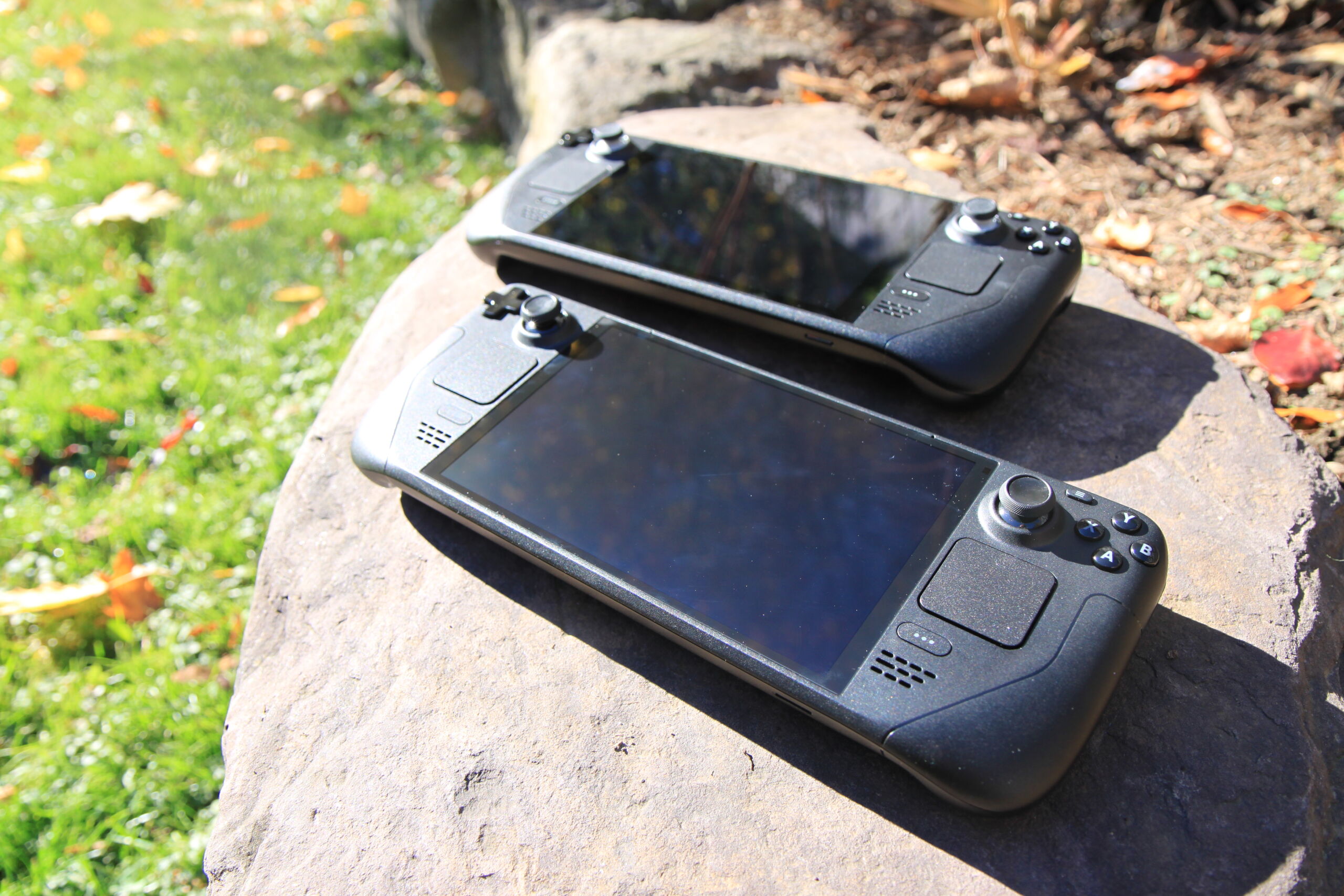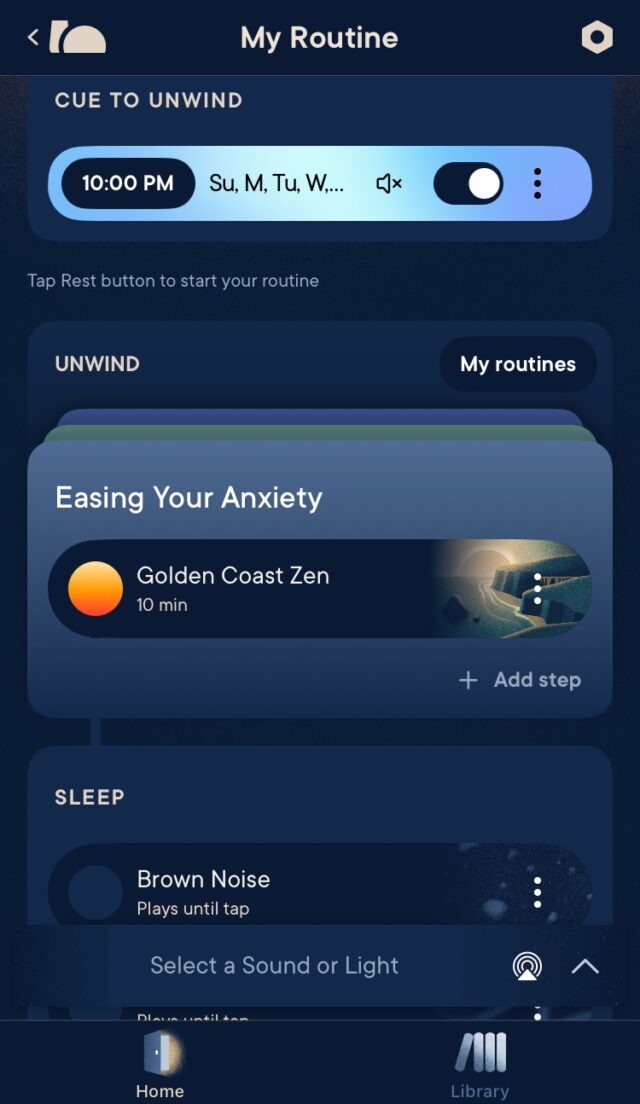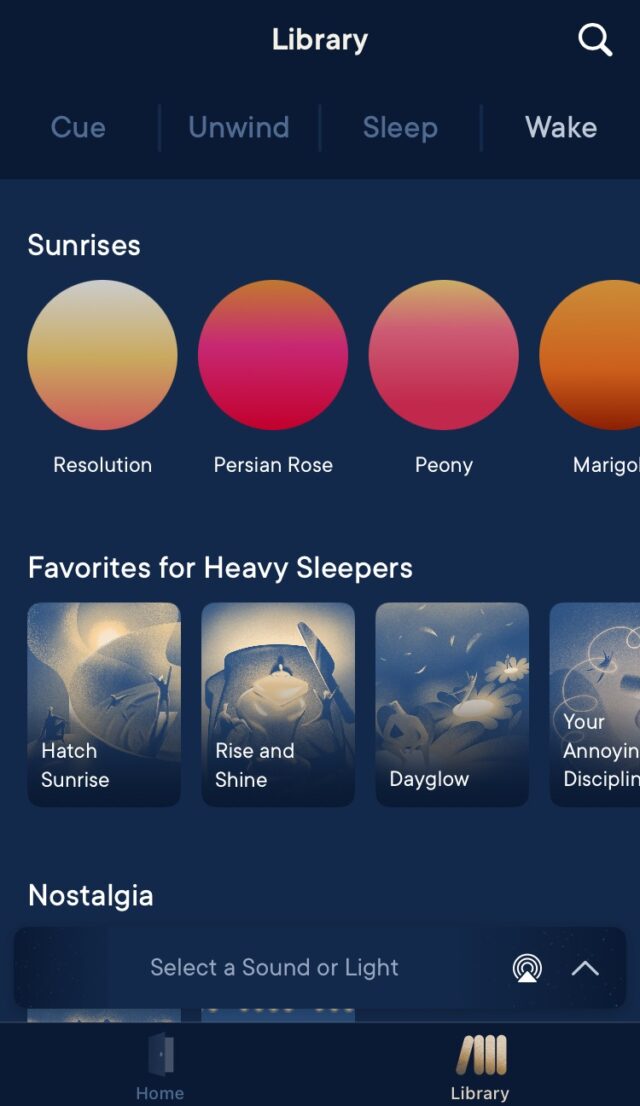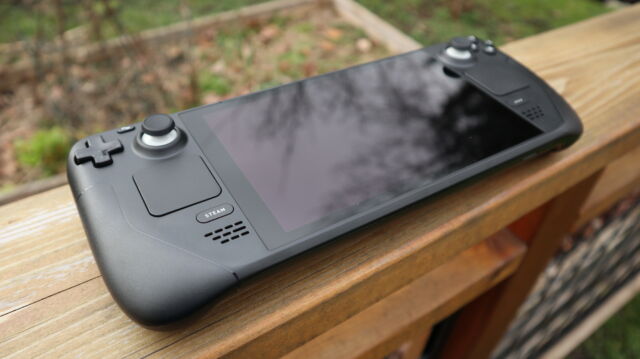Are you ready for a $1,000 Steam Machine? Some analysts think you should be.
If you ask random gamers what price they think Valve will charge for its newly announced Steam Machine hardware, you’ll get a wide range of guesses. But if you ask the analysts who follow the game industry for a living the same question… well, you’ll actually get the same wide range of (somewhat better-informed) guesses.
At the high end of those guesses are analysts like F-Squared‘s Michael Futter, who expects a starting price of $799 to $899 for the entry-level 512GB Steam Machine and a whopping $1,000 to $1,100 for the 2TB version. With internal specs that Futter says “will rival a PS5 and maybe even hit PS5 Pro performance,” we can expect a “hefty price tag” from Valve’s new console-like effort. At the same time, since Valve is “positioning this as a dedicated, powerful gaming PC… I suspect that the price will be below a similarly capable traditional desktop,” Futter said.
DFC Intelligence analyst David Cole similarly expects the Steam Machine to start at a price “around $800” and go up to “around $1,000” for the 2TB model. Cole said he expects Valve will seek “very low margins” or even break-even pricing on the hardware itself, which he said would probably lead to pricing “below a gaming PC but slightly above a high-end console.”
A loss leader?
At the other end of the spectrum, Superdata Research founder and SuperJoost newsletter author Joost Van Dreunen predicted the entry-level Steam Machine could come in as low as $549, rising to $749 for the 2TB version (plus an additional $50 for bundles including a Steam Controller).
To Van Dreunen, Valve’s unique position as a private company with a loyal fan base means it can “price its hardware to hit its own strategic sweet spot rather than mirror the competition.” And in this case, he said, that could mean taking a “modest” loss on the hardware as a way to get more gamers invested in SteamOS.
Getting people to buy more games on SteamOS could be worth a lot more to Valve than any Steam Machine hardware profits. Credit: Valve
“Just like Sony and Microsoft, the real money isn’t in the box, it’s in the ecosystem you enter once you buy it,” Van Dreunen said. “To me the question isn’t whether Valve can afford to eat margin. It’s whether they want the SteamOS footprint to grow fast enough to justify it. … Strategically, this is about expanding the platform, not squeezing the hardware.”
Are you ready for a $1,000 Steam Machine? Some analysts think you should be. Read More »
